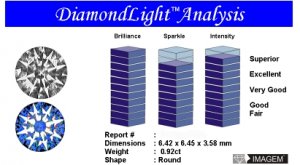im about to order a diamond from bluenile.
one diamond has a depth depth of 67.2 and table of 74%
and the other has depth of 72.8 and table of 72%
both are princess cut. bluenile says it doesnt matter that the depth is less then table on the first one as long as it is within an ideal range which they say it is..is this true or should i go with the 2nd one where the percentgaes are better?
one diamond has a depth depth of 67.2 and table of 74%
and the other has depth of 72.8 and table of 72%
both are princess cut. bluenile says it doesnt matter that the depth is less then table on the first one as long as it is within an ideal range which they say it is..is this true or should i go with the 2nd one where the percentgaes are better?











300x240.png)